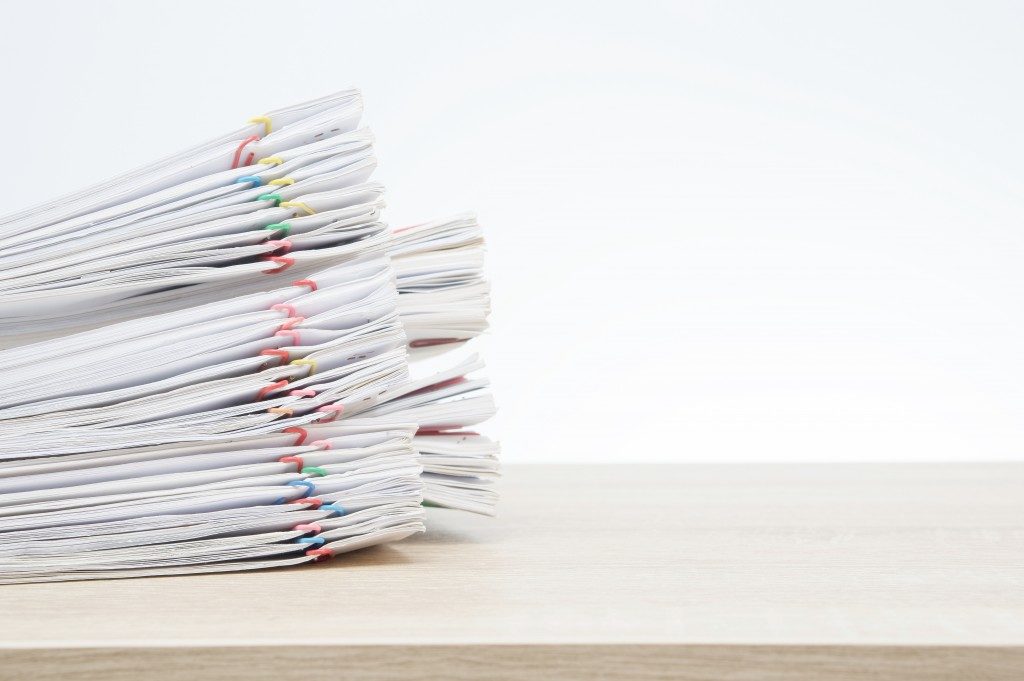Sometimes, real estate’s tendency to appreciate can work against an investor, especially if it makes it difficult to liquidate. 1031 tax exchanges would allow investors to minimize the impact of capital gains taxes on properties that have appreciated.
Not all businesses or investments are successful. Especially risky ventures will need to be shuttered before they start costing the investor much more than any value they could’ve hoped to gain. Closing a business and selling its existing assets may not be the ideal exit strategy, but it can quickly create liquid cash that could be used to pay off existing debts.
Of course, this is easier said than done; while most business assets would have depreciated long before the business is liquidated and would’ve already incurred losses that can be written off in a tax return, others—such as real estate—may have gained value over the course of the business’ lifetime, creating an altogether different problem.
The Question of Property
One of the most significant tax challenges faced by entrepreneurs and real estate investors wanting to liquidate commercial property is the hefty capital gains tax that comes after the sale. Capital gains taxes can cut deeply into any gain derived from property liquidation; in extreme cases, capital gains taxes can be so excessive that it would cost more to liquidate the property than it is to sell it.
Among the many ways to bypass this is through a 1031 tax exchange, which allows sellers to defer capital gains for as long as a like-kind property was purchased with the sale’s profits. Because it is not considered a true sale, 1031 exchanges defer the capital gains taxes that may have been accrued from the previously owned properties until the asset meant to replace it is sold.
The Basics of 1031

A 1031 exchange is, first and foremost, meant to represent a trade of one like-kind asset with another, in this case, commercial real estate. Although no other types of property can be exchanged while deferring capital gains, in practice, most exchanges are done with both a like-kind property and an additional set of assets.
Because properties of identical value are hard to find, buyers often add on these extra assets, called the boot, to cover the cost of the property they would acquire while still exchanging a much cheaper property. Using boot as part of exchanges is allowed in section 1031 and can take the form of cash or liabilities that are not like kind.
To count as a nonmonetary exchange, the buyer must pay no more than 25 percent of the payment made. Moreover, the boot is still taxable, albeit to a lower degree than the property itself. Done correctly, a 1031 exchange can help a property investor liquidate one problem property while paying a significantly lower capital gains tax for the entire year.
Closing the Deal
Taxpayers have up to 45 calendar days from closing to identify a set of like-kind commercial properties, no less than three initially and up to four or five in special circumstances. After this, they must acquire they and their prospective buyer must, in turn, acquire one of these properties within 180 calendar days or on the due date (with extensions) of the selling taxpayer’s return.
No gain or loss is recorded for the properties sold and acquired, though they may still be as like-kind exchanges on Form 8824. If depreciation from the property must be captured, any recognized gain must be reported as ordinary income.



